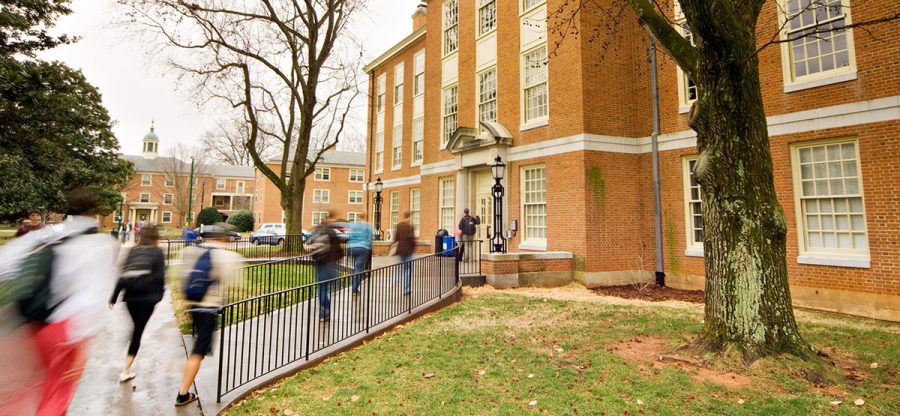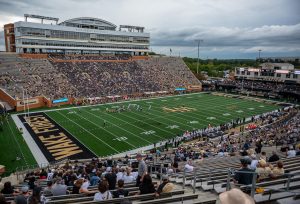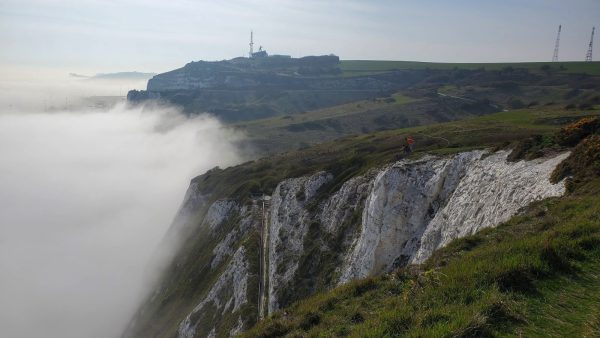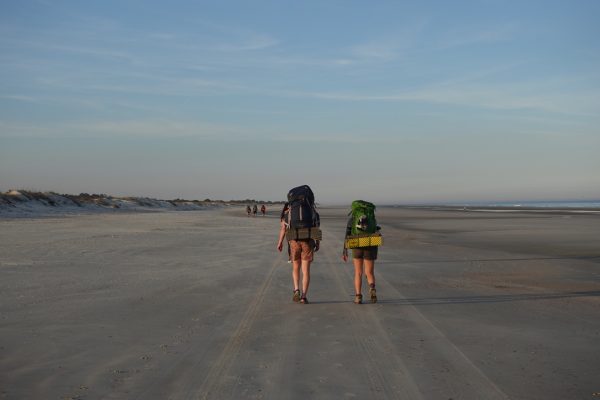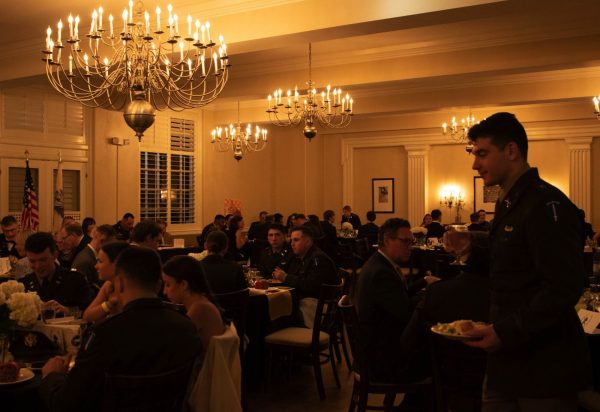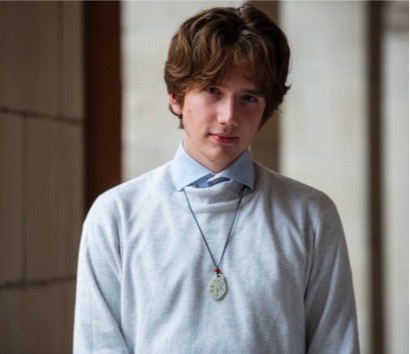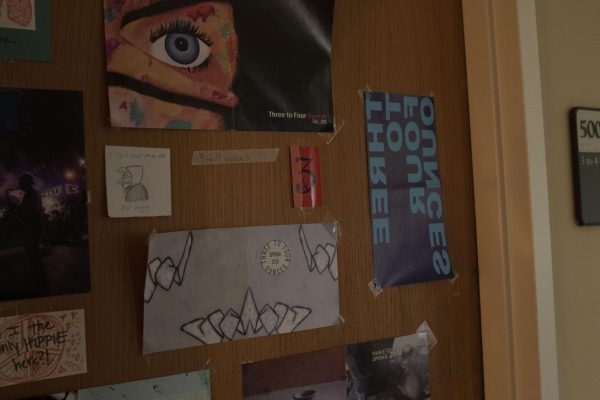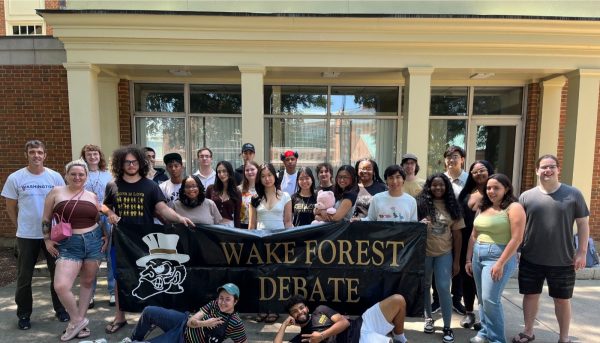The truth behind Tribble Hall
Tribble Hall plays host to many secrets
Tribble Hall was once a nuclear shelter and is an undyingly good place to survive a zombie apocalypse.
February 3, 2022
Wake Forest’s Tribble Hall is infamous for its peculiar layout and its endless stream of doors and floors throughout the building. According to the ZSR Library directory, it is “the most curious and baffling of buildings (even to experienced upperclassmen). The layout of this building cannot be accurately described in writing. One just has to experience it.”
If you were to ask any student to describe their experience within Tribble Hall, you would likely be met with words such as lost, confusing or even intimidating.
Tribble Hall houses many departments, such as English, History, Philosophy, Political Science and more. Another notable feature of Tribble is the DeTamble Auditorium, which is named after Winston-Salem businessman Fred J. DeTamble.
Beyond its classrooms and auditorium, many students have speculated rumors that the basement of Tribble is home to a shelter built in case of a nuclear attack. According to a Wake Forest Magazine entry from 2014, this rumor holds true. Due to escalating Cold War tensions in the early 1960s, U.S. President John F. Kennedy encouraged Americans to construct shelters in case of a nuclear attack.
During Tribble’s construction, the Department of the Navy, looking to decentralize its radio facilities in case of a nuclear attack, added the lowest-basement level in the “C” wing.
Behind two sets of heavy steel doors in this basement, a bunker was built with its own phone hookups, utilities, water supply and special biochemical filters on the air conditioning system. The bunker was converted to faculty offices in 1969 — which explains why students today can never seem to locate this “secret” bunker room.
An old Wake Forest legend claims that if you walk down the C-wing stairwell to the basement level of Tribble Hall, you’ll find a square of metal bolted over what used to be a hole for a gun barrel in this nuclear fallout shelter. While this myth may or may not be exactly true, Tribble Hall certainly has a rich history with many unknown “secrets”.
Tribble was completed in 1963 and made possible by a donation from alumnus Bernard W. Spilman, class of 1891. It is named after President Harold Tribble, the 10th president of Wake Forest University. Tribble was not the most popular president in Wake’s history, especially due to his orchestrated vision to finish moving the University out of Wake Forest, NC to Winston-Salem, NC.
Perhaps one of his largest accomplishments, besides successfully carrying out and completing this grand movement of the university, was recruiting President Harry Truman to speak at the 1951 groundbreaking ceremony of the Reynolda Campus. Tribble noted that what the president would say that day would be “quoted around the world as his Wake Forest speech,” emphasizing the magnitude of the relocation.
Other notable events during Tribble’s presidency were the start of the Hankins and Carswell scholarship programs, arts and sciences graduate programs and endowment and enrollment increases. Evidently, Tribble had a large impact on the University, and Tribble Hall continues to boast and recognize his achievements through its name.
Although little information can be found about what truly went on in Tribble’s basement during the height of the Cold War, most students can corroborate the fact that it is one of the most, if not the most, confusing buildings on campus. Maybe this is a testament to President Tribble’s determined and unpredictable personality — but no one can say for sure.


